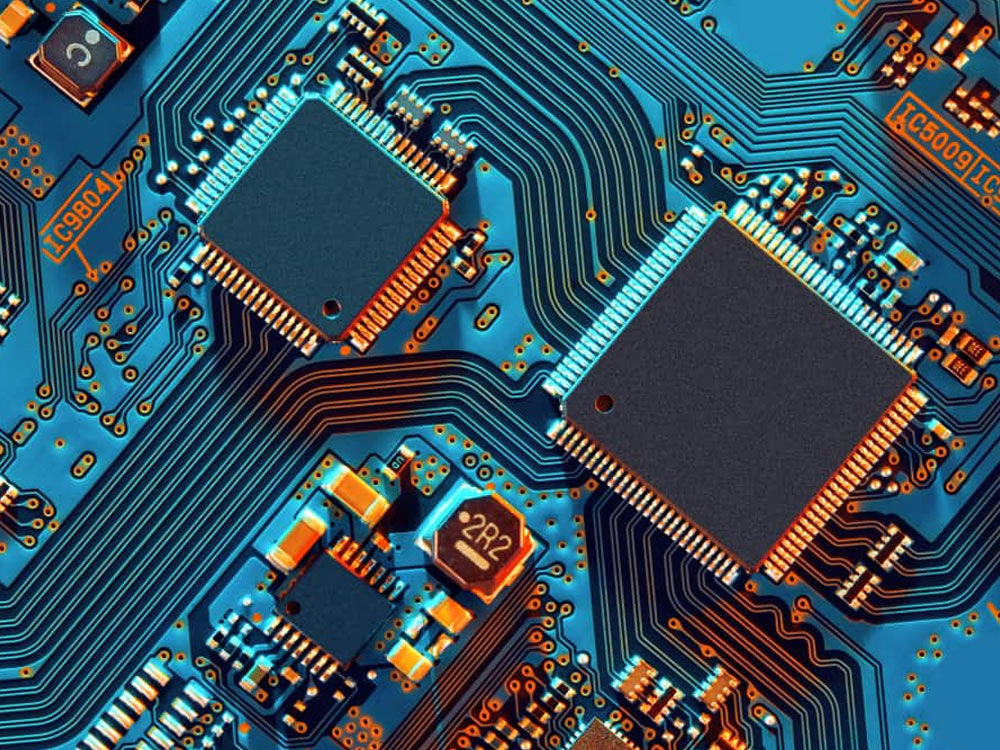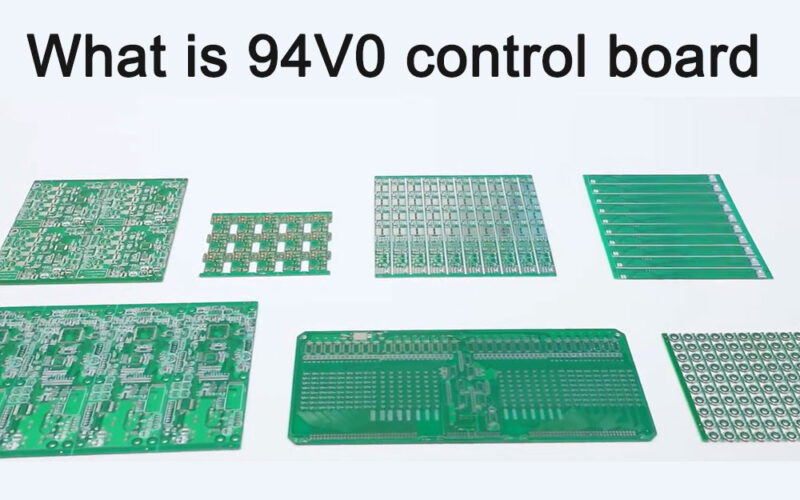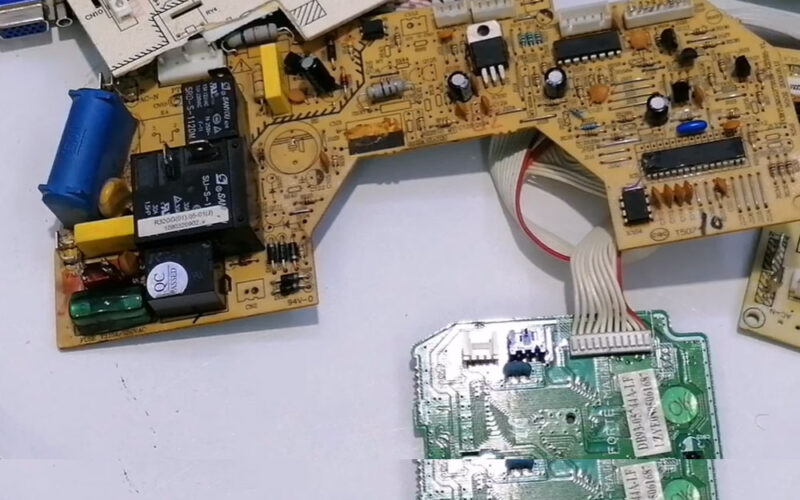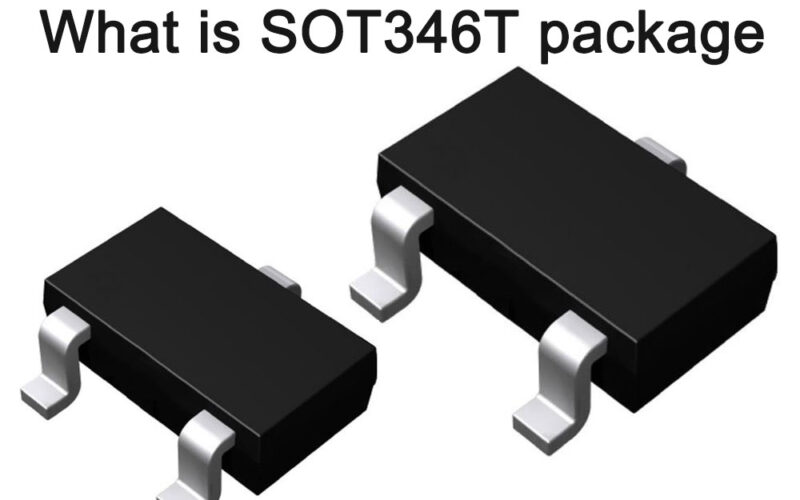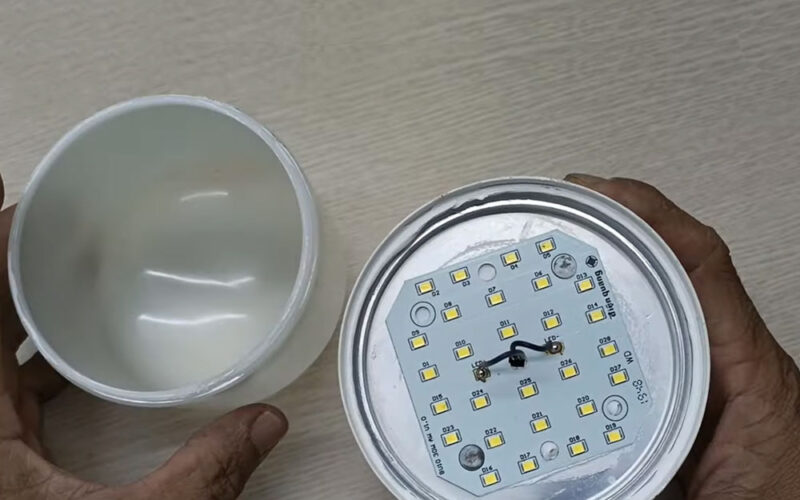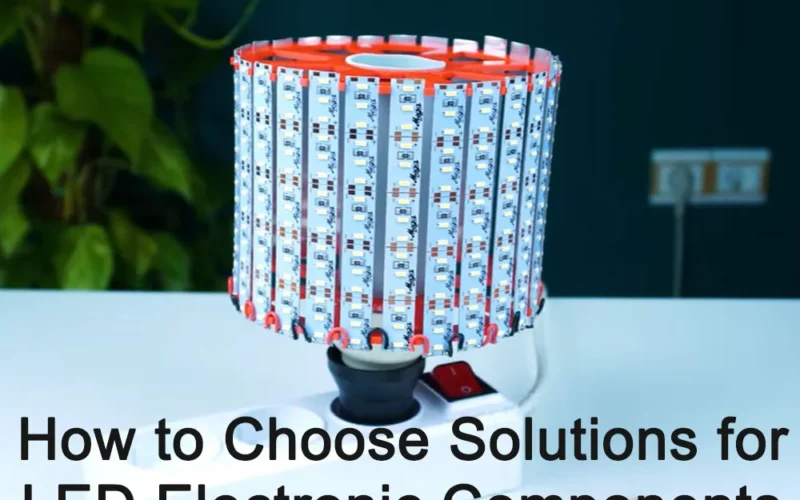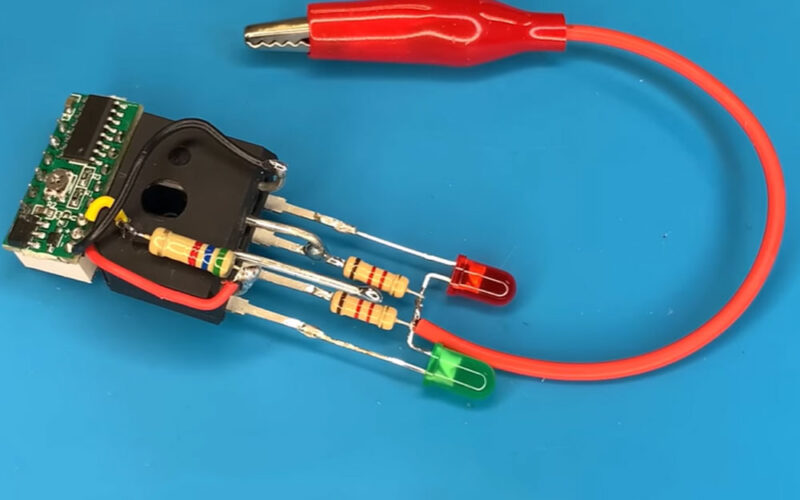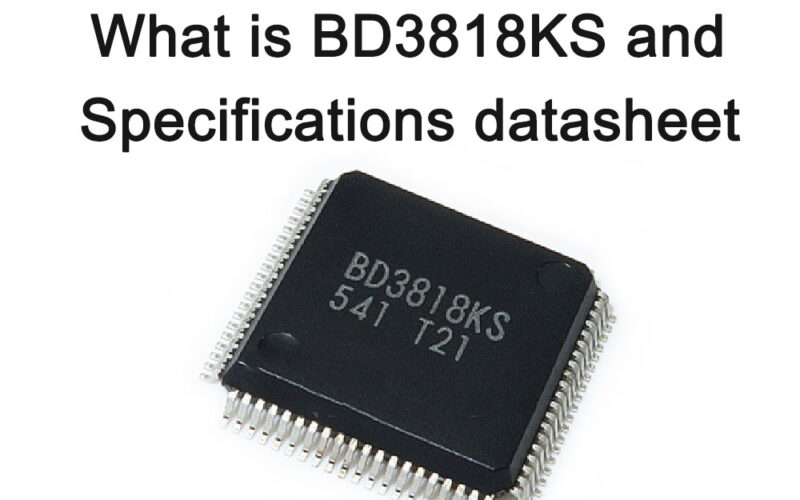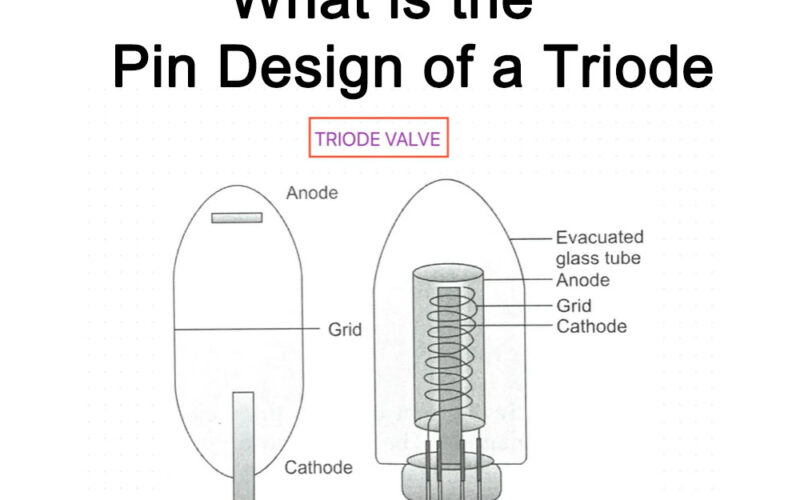
Study of electronic components used in control circuit functions
Studying electronic components in control circuit functions aims to deeply understand the role of various electronic components in control circuits and provide theoretical support for optimizing circuit performance and improving system stability.
This not only helps improve the work efficiency of electronic equipment, but also helps promote technological innovation in related fields.

Introduction to control circuit functions
Control circuits play a vital role in various electronic devices and systems. They are responsible for coordinating and adjusting the working status of various electronic components to achieve the overall function of the circuit. In this process, the selection and application of electronic components are key.
This article will introduce in detail the common electronic components and their functions in control circuits, with a view to providing reference for related research and applications.
Types of electronic components
Commonly used electronic components in control circuits mainly include resistors, capacitors, inductors, diodes, transistors and integrated circuits. These components play different roles in the circuit and jointly realize the control function of the circuit.
There are many kinds of electronic components in the control circuit function. The following are some common electronic components:
Resistor
Used to control the resistance value in a circuit, usually used to limit current or divide voltage.
Capacitor
Used to store electrical charge, often used to smooth power supplies or build oscillators.
Inductor
Used to store electromagnetic energy, often used to build filters or oscillators.
Diode
Used to limit the flow of current in one direction, usually used in rectified power supplies.
Triode
Used to control current, often used to build amplifiers or switching circuits.
Transistor
Used to control current, usually used to build amplifiers or switching circuits, and can also be used in digital circuits.
Integrated circuit (IC)
It is a circuit that integrates many electronic components into a chip, usually used to build digital circuits.
Vacuum tube
Similar to a transistor, used to amplify current or act as an electronic switch.
Thyristor
A switch used to control high-power circuits, usually used for AC power control.
Relay
A switch used to control high current or high voltage circuits.
Sensor
Used to sense physical quantities and convert them into electrical signals, such as temperature sensors, pressure sensors, photoelectric sensors, etc.
Actuator
Used to execute control signals, such as motors, pneumatic components, etc.
Computer
Used for automatic management and control of electrical control systems, such as PLC, single-chip microcomputer, etc.
Each of these electronic components has its own characteristics and application range.
Selecting suitable components according to specific control requirements and combining them can realize the functions of various electronic devices and systems.
The role of electronic components in control circuits

The role of electronic components in control circuits is mainly to control and regulate the voltage, current and signals in the circuit. These components can be used individually or in combination to achieve different control functions.
Resistors play an important role in control circuits, including:
- Adjust the current in the circuit: When the voltage in the circuit is given, adjusting the resistance of the resistor can change the intensity of the current in the circuit.
- Voltage Divider: Combination resistors can be used to divide voltage. Voltage dividing resistors are very important when reducing the voltage to an appropriate range.
- Protect electronic components: Resistors can be used to protect electronic components from excessive current damage. In a circuit, resistors can limit current.
- Establish a suitable current operating point: Through resistors, a suitable current operating point can be established for the amplifier circuit.
- Establish a suitable voltage working point: Establish a suitable voltage working point for the amplifier circuit through voltage division.
- Get the amplified signal: As a load resistor, get the amplified signal from the amplifier circuit.
- Delay and timing control: Cooperate with the capacitor to obtain delay and timing control signals.
- Signal shaping and transformation: Combined with the capacitor to form a differential or integral circuit, the signal can be shaped and transformed.
- Power supply filter: cooperate with the capacitor to form a power supply filter circuit, etc.
- Damping effect: Connecting resistor R1 to the LC resonant circuit can reduce the Q value and act as a damping effect.
- Current limiting protection: Resistor R1 is used to limit the current in the circuit to prevent the base voltage of transistor VT1 from being equal to the power supply voltage VCC when the resistance of the variable resistor is adjusted to the minimum. In this case, the base current of VT1 will Too big to damage VT1.
- Vibration elimination: In some amplifiers with higher performance requirements, such a coupling circuit is used, that is, a small resistor R1 is connected in series in the coupling loop to prevent high-frequency oscillation in the circuit.
- Isolation effect: By connecting an isolation resistor between sub-circuit A and sub-circuit B in the circuit, the two parts of the circuit can be isolated. In black and white TV circuits, the power circuit and scanning circuits are usually isolated. Use this circuit structure.
To sum up, the role of resistors in control circuits is crucial and has an important impact on the normal operation and stability of electronic equipment.
Control circuit function conclusion
Electronic components are the basic components of control circuits, and their performance and application directly affect the performance of the entire circuit. Therefore, in practical applications, it is necessary to select appropriate electronic components according to specific needs, and carry out precise parameter design and layout optimization.

At the same time, it is also necessary to pay attention to the reliability, stability and environmental performance of electronic components to achieve better circuit performance and a wider range of applications.
With the continuous development of science and technology, new electronic components continue to emerge, which will bring more possibilities to the development of control circuits. Therefore, the research and application of electronic components still need to be continuously explored and practiced.
Learn about control circuit electronic components factories in China
China’s control circuit electronic component factory, with advanced technology and quality assurance, is committed to providing efficient and reliable electronic component solutions. With innovative technology and strict quality management, we have won the trust of customers around the world.
Frequently Asked Questions about Electronic Components in Control Circuit Functions
Electronic components are the basic components used in circuits to control the flow of electrons, such as resistors, capacitors, inductors, diodes, transistors, field effect transistors, integrated circuits, etc. These components are divided into different types based on their characteristics and functions and can be used to control current, voltage, frequency, etc.
Resistor is one of the most common electronic components. It is a component used to control electric current.
Ordinary thyristor is a semi-controlled device, which can only be controlled to be turned on through control signals, but cannot be controlled to turn off. Usually used in rectified power supply, AC power supply control and other occasions.
Uncontrollable devices: The device itself does not have the function of on and off control, but the device whose on and off state is determined according to the circuit conditions is called an uncontrollable device, such as a power diode (Power Diode).
Semi-controlled devices: Power electronic devices that can only be controlled to be turned on through control signals but cannot be controlled to turn off are called semi-controlled devices, such as thyristors (Thyristor) and most of its derivatives.
Fully controlled devices: Devices that can be controlled both on and off through control signals are called fully controlled devices, such as gate-turn-off thyristors (Gate-Turn-Off Thyristor) and power field effect transistors. (Power MOSFET) and Insulated-Gate Bipolar Transistor (Insulated-Gate Bipolar Transistor), etc.
Logic gate is an electronic component used to implement logic operations and circuit components of Boolean functions.
A field effect transistor is an electronic component that controls the flow of electrical current in a circuit.
A triode is an electronic component with an amplifying function that can control the amplification and reduction of current.
Capacitor is another common electronic component, which is composed of two electrodes and a dielectric.
An inductor is an electronic component that stores energy and controls changes in electrical current in a circuit. The unit of inductance is Henry (H) and is usually used to control the frequency and current of a circuit.
A diode is an electronic component that controls the direction of current flow in an electrical circuit.
